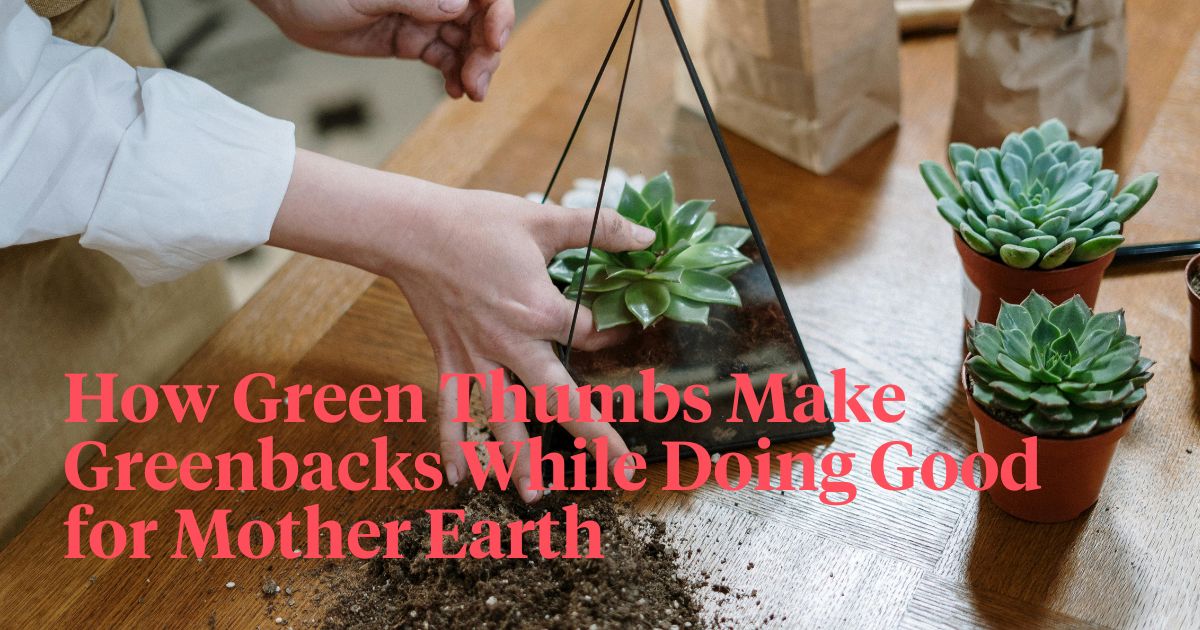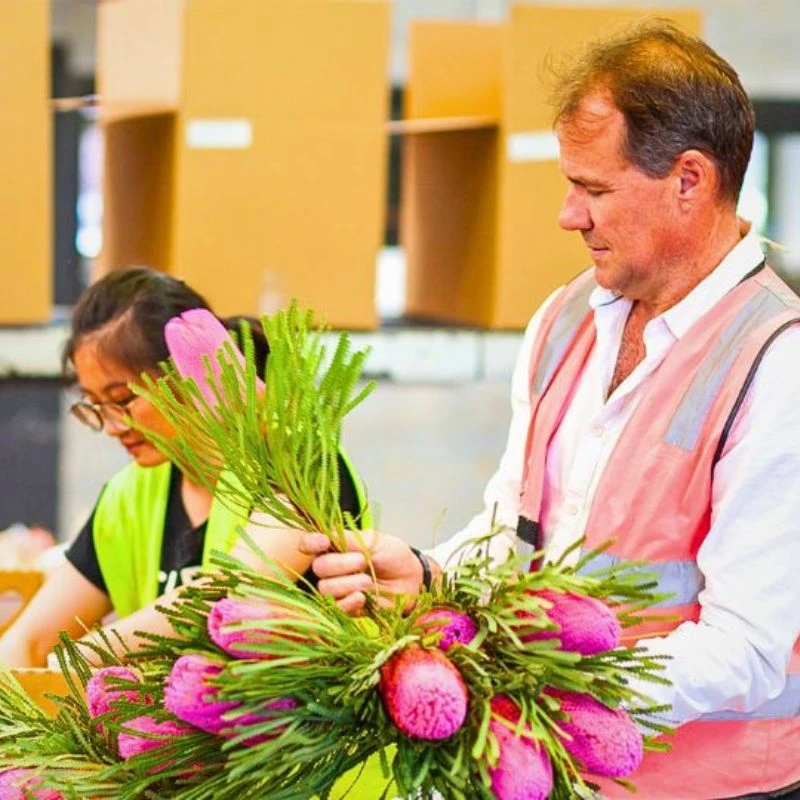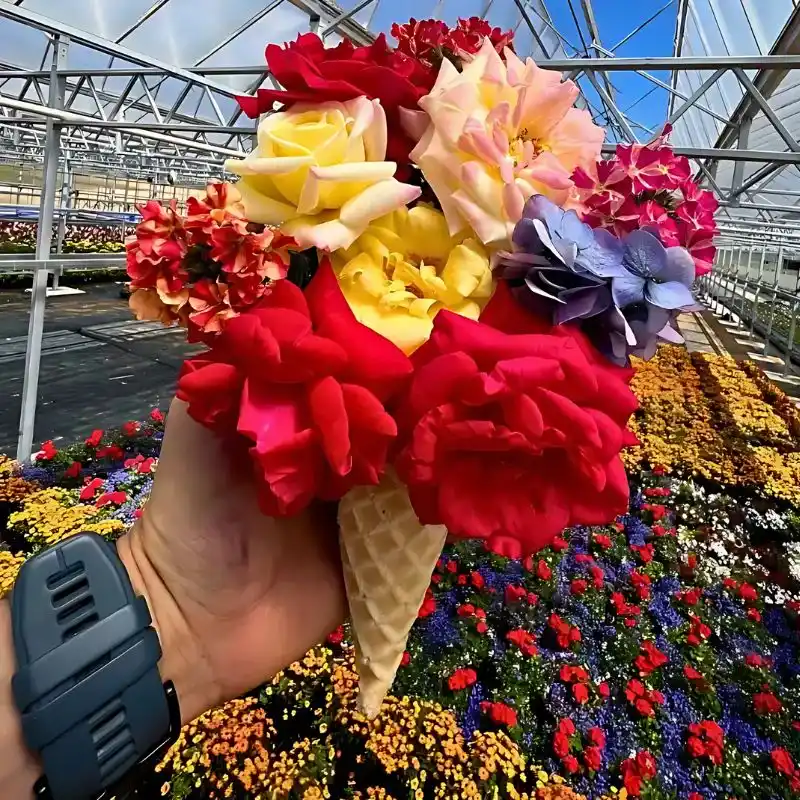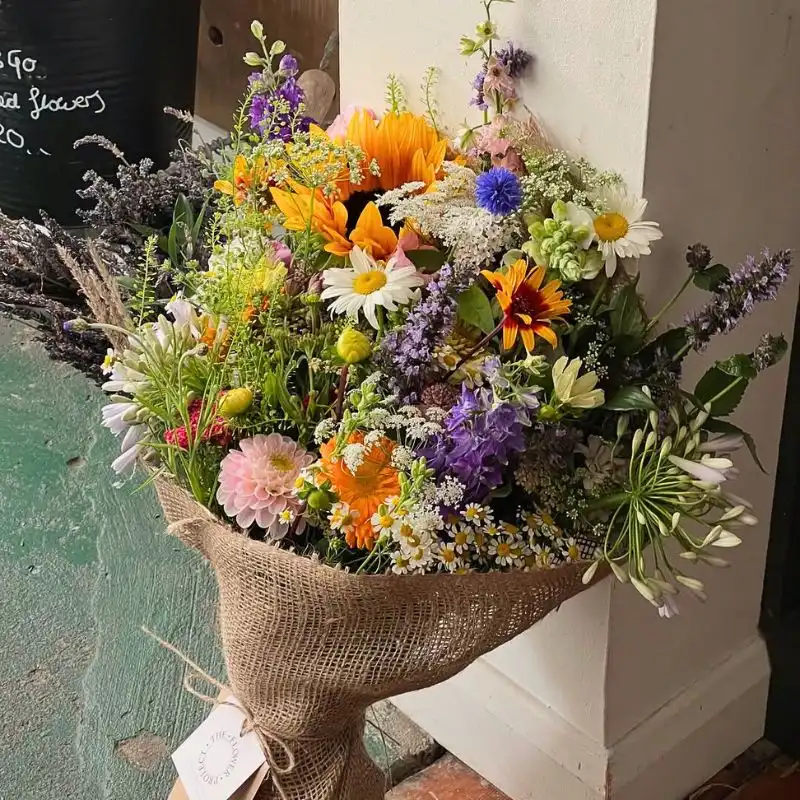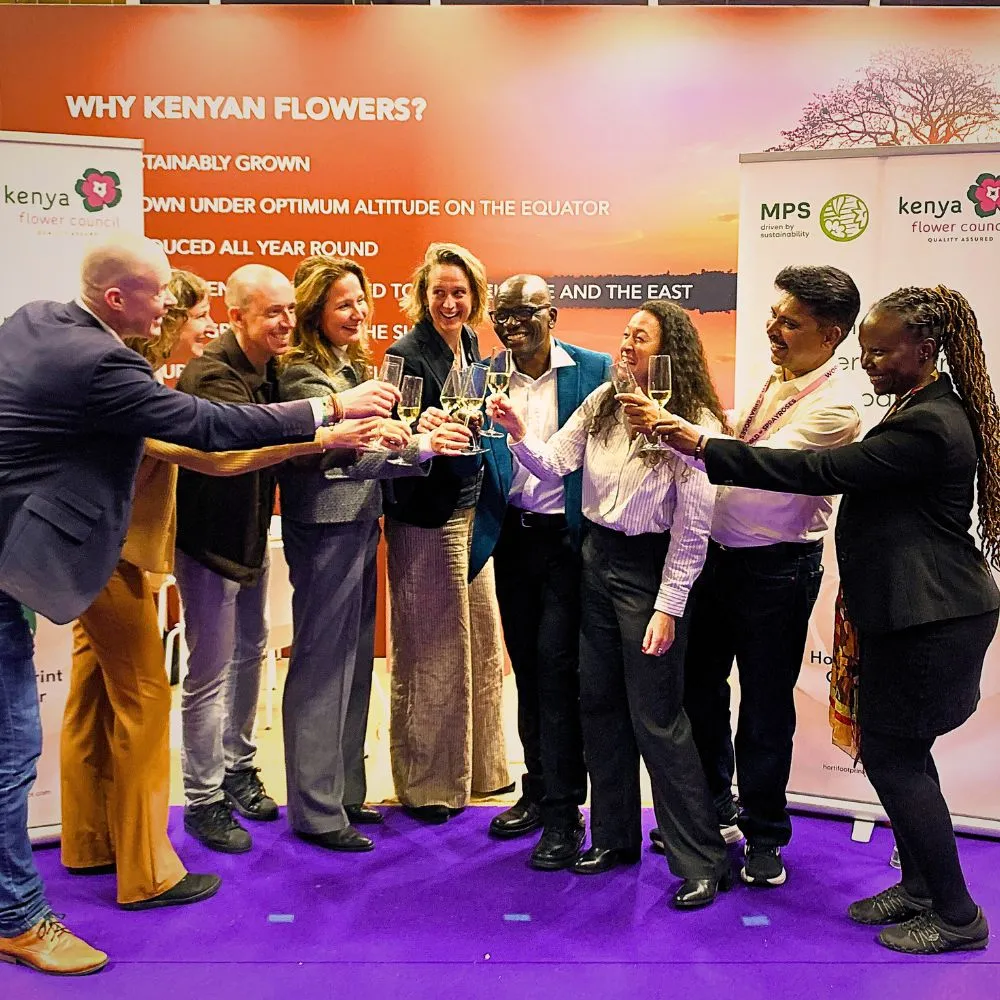Have you ever marveled at the beauty of a flower garden? Beyond their beauty, these gardens, part of the broader floriculture industry, play a significant role in fundraising for nonprofits.
However, the call for sustainability grows louder as our world edges closer to environmental crises. It isn’t just about saving the planet; it’s about aligning with the values of today's donors who want to support causes that reflect their eco-consciousness.
The exciting part? Nonprofits that use sustainable floriculture practices are seeing a boost in their monthly donations. Let’s explore how green thumbs make greenbacks while doing good for Mother Earth.
The Shift to Green Gardening
Sustainable floriculture is about more than just giving up chemicals. It's gardening in a way that cares for the earth. This approach uses less water, skips harmful pesticides, and keeps the soil healthy. It's about teaming up with nature.

Why are flower growers going green? People nowadays want to support businesses that are kind to the planet. This change is driven by customers who care more about the environment and the realization that being eco-friendly is also suitable for business.
People are choosing to support green practices more than ever before. This isn't just a passing trend. It reflects a deeper understanding of how we affect our planet and matches what donors seek.
For example, some flower shops and growers collect rainwater to use less water, while others use natural fertilizers or bring in beneficial bugs to fight off pests.
These intelligent moves save money, protect the earth, and attract customers and donors who care about the environment.
Understanding Eco-Conscious Donors
Eco-conscious donors are often younger individuals passionate about protecting our planet. They prioritize their environmental values, preferring products and causes that demonstrate a commitment to sustainability.
For charities, genuinely connecting with these donors means doing more than just supporting a good cause. It involves integrating eco-friendly practices into every aspect of your mission.
When charities mirror the environmental values of these donors, a remarkable shift occurs. These supporters become more than just donors; they become vocal advocates for the cause.
They're likely to contribute regularly, share their enthusiasm on social media, and encourage friends and family to join. This deep, value-driven connection strengthens their commitment and amplifies their impact, making them invaluable allies in the mission.
In this digital era, engaging with eco-conscious donors requires leveraging technology. Utilizing platforms for responsive fundraising, as Virtuous Software does, allows charities to communicate in ways that resonate deeply with these donors' values, such as sustainability.
It's about fostering a dialogue that transcends mere transactional interactions. Using technology to highlight how a charity's work aligns with the values of its donors can significantly maximize donations with monthly giving, turning one-time supporters into lifelong partners.
A Green Blueprint for Nonprofits
The first step for nonprofits that want to embrace eco-friendliness is a solid commitment to sustainable practices.

Start by assessing your current environmental footprint, setting tangible improvement goals, and educating your team on green methods.
You can also take actions like opting for organic seeds or implementing water-saving measures, which can have a profound effect. The sustainability journey is as much about these initial, tangible steps as it is about being transparent with your community about your efforts.
Open communication about your eco-efforts is important in rallying donor support. Sharing the milestones and challenges of your green journey through newsletters, social media, and direct outreach helps demonstrate your commitment to environmental stewardship.
Highlighting how each donation contributes to this cause can draw donors closer, fostering a sense of partnership and encouraging more sustained and possibly increased support.
Furthermore, building a community centered on sustainable practices goes beyond fundraising - it's about sparking a movement. Nonprofits can create a vibrant community of like-minded individuals by organizing hands-on workshops, volunteer opportunities, or tours of eco-friendly projects.
Keeping the dialogue alive online allows for exchanging ideas and experiences, enriching this community.
This collective effort bolsters support for the nonprofit's environmental goals and strengthens the bond between it and its supporters, uniting them in a shared mission to safeguard our planet.
The Role of Policy in Promoting Sustainable Floriculture
Laws and policies can push the gardening world towards being more eco-friendly. Governments are offering perks like tax breaks for saving water and using clean energy, and they're giving out money to help farms go organic. These moves make it easier and more appealing for businesses to go green.
However, following all the rules can be challenging, especially for smaller groups. One way to overcome this is to use available support, such as government advice, learning programs, and groups that share resources.
Worldwide, agreements and policies that prefer eco-friendly products make it easier for farmers everywhere to choose green methods. This helps the whole planet and makes things fairer for farmers in every country.
Green gardening will depend heavily on intelligent policies that consider the big picture, such as climate change and the lack of water. Policies can help make gardening good for the planet and people everywhere by encouraging new ideas and green working methods.

Navigating Challenges in Sustainable Floriculture
Moving towards eco-friendly practices can be challenging. There are costs and things to learn, and finding green resources can be difficult. The first steps, like investing in green tech or finding the right advice, can seem overwhelming.
But many charities find clever ways to get past these obstacles. Money for environmental projects can ease the cost. Working together with local businesses, experts, and schools can fill in the gaps in what you know. And getting the community involved can bring unexpected help and support, smoothing the green journey.
Conclusion
Adopting sustainable practices in floriculture allows nonprofits to better align with the values of eco-conscious donors, enhancing engagement and securing consistent funding.
This commitment to sustainability supports environmental preservation and strengthens donor relationships, setting a new standard in the nonprofit sector for operational sustainability and community engagement. As the trend grows, it demonstrates how integrating green practices can lead to successful fundraising and a positive impact on the planet.

